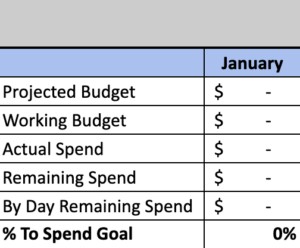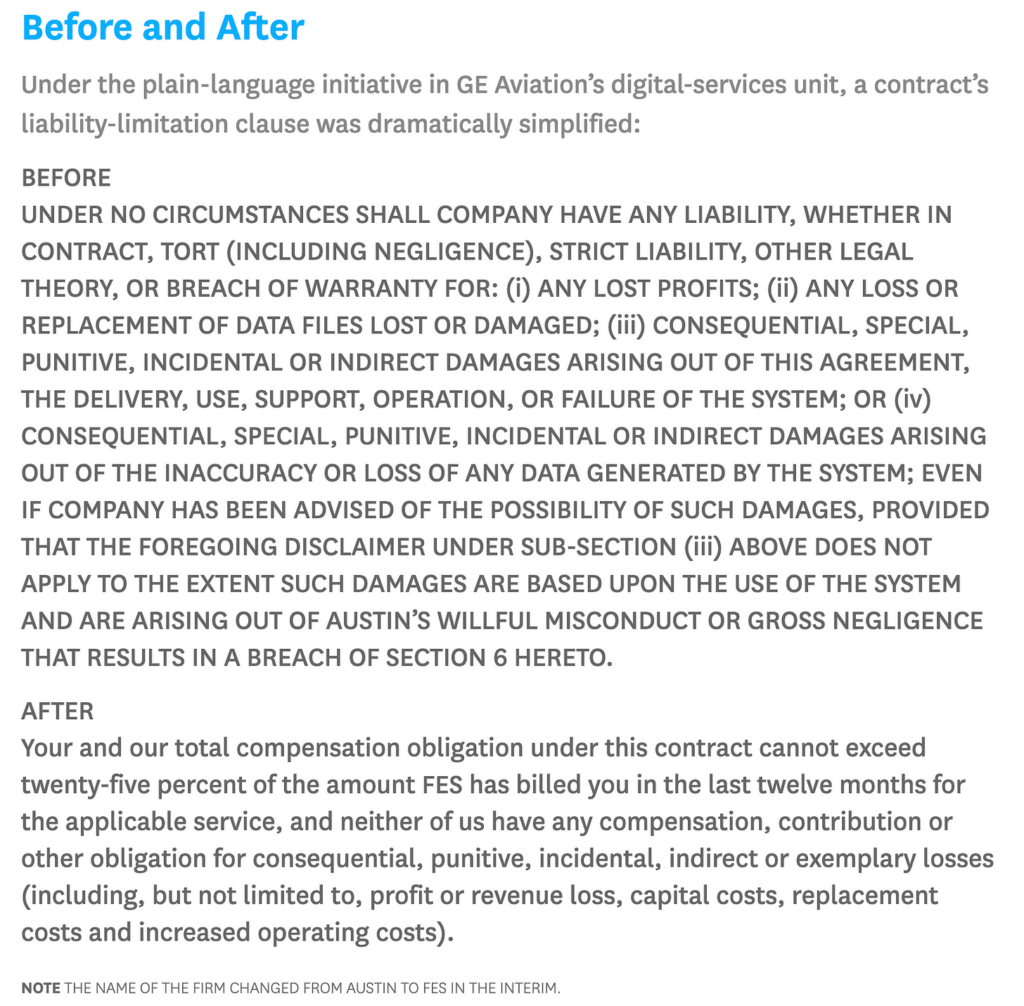Why you need to start budget pacing, like, now.
Whether you deem yourself good with money or not, we all know the feeling of looking at your bank account and having your heart drop to your stomach. You overspent your paycheck and you’re seeing…well, nothing. Maybe you bought too many drinks at the bar. Maybe you had to fix your broken down car. Maybe you just really wanted to buy a new outfit. You get the point. Newsflash – your paid media might be overspending, just like you! Let’s talk about how to set up a budget for your paid media (so we can all avoid that heart sinking feeling).
How do I start a budget for paid media?
The first step is to identify your total budget, your goals, and how the paid media channels are going to help you achieve your goals. A brand with the goal of lead generation will probably have a completely different spend than one with the goal of brand awareness. Paid media budgeting is exciting because you get to find where your money really matters.
If you’re in a niche market, you might not need as much money as a big brand bidding on a larger target audience. Regardless, here are some recommended starting points for launching a campaign:
- Are you targeting a broad market vs. an ABM list? If you have a super targeted ABM list, look at the forecasted audience size to understand your reach. A broader audience might be easier to reach, but a niche account list might require more ad spend to get your name in front of them. Additionally, if you’re running a retargeting campaign, you’ll want to budget a greater portion of your ad spend to ensure that you’re actually retargeting the individuals who have engaged prior.
- Are you trying to drive traffic vs. increase conversions? Increasing conversions will require more ad spend. It’s worth noting you’ll want to look at different metrics to monitor your performance and decide where to put more spend. For example, you might want to look at your CPM for a campaign with the goal of driving traffic. On the other hand, you might want to look at your CPL if the goal for the campaign is to drive conversions. This isn’t an inverse relationship to daily budget however – these numbers will allow you to see what you’re actually paying for. Of course you’re aiming for a lower CPM and CPL, but sometimes you have to eat a big CPL to show for the keywords you’re targeting.
- Are you only looking for specific job titles or company size? Again, the more specific targeting criteria you have, the more spend required. Think about how many brands are trying to get their ads in front of the CEOs of companies – just know you’ll have more competition, which means more money required to compete.
- Are you targeting smaller regions vs. just the US vs. global markets? The more area you’re trying to cover the higher ad spend you need.
What’s all this pacing about?
Now you have your goals, your budget, and your campaigns ready to launch. But you’re not done. These channels aren’t “set it and forget it.” Some marketers check in on their budget weekly, some a few times a week, and some even daily. As long as you’re checking in on your spend at least once a week, you’ll avoid letting the magical world of technology take the money and run.
**Cue The Steve Miller Band**
Because of the algorithms, these channels use to optimize your ads and get them in front of the right people at the right time in the right place, you’re letting the system have flexibility with your spend. Sometimes you’ll find you don’t have enough scale. Sometimes you’re bidding on a keyword that the Fortune 500s of the world are also bidding on, so your ad won’t show unless you fork over some more moolah.
What’s 2+2? Let’s talk math.
This is the step where organization and math come into play. We’d typically set up a spreadsheet that looks something like this:

- So you have your monthly budget goal – your projected budget. This is the amount you don’t want to exceed per month.
- Your working budget is what you actually have to work with; it’s your projected budget plus whatever leftover spend you have from the previous month.
- Go into the LinkedIn/Google/Facebook platform and find your spend so far this month. Copy and paste that in your actual spend as of today’s date to see your remaining spend for the month.
- Divide that remaining spend by the days left in the month, and you get your day’s remaining spend. This is the key step. All of the channels allow you to change your daily budget, so you’ll be able to balance the right amount for each campaign.
- Let’s say you have a by-day remaining ad spend of $200. If you only have one campaign running, great, change the daily budget to $200. If you have two campaigns running, great, let’s find the right split. Maybe $100 for each. Maybe $150 and $50 because one has less scale than the other. This is where we as marketers get to test and optimize. Then do it again. And again. And again. Fun, right?
- Be sure to set up lifetime budgets on the channels as well to make sure they’re not completely blowing your budget.
What happens if you overspend your paid media budget? No worries, we’ve all done it. It just means you need to account for the overspend in your working budget for the following month. Your overall budget, and in turn, performance will drop for the month. But carefully pacing your way through the month will help avoid this.
Hopefully, you’re convinced budget pacing is an important part of your paid media strategy and weekly tasks. Maybe this even convinced you to start budgeting your personal spend to avoid buying everyone’s drinks at the bar next Friday!
The last thing to emphasize is how building a budget pacing spreadsheet (filled with the formulas that make your life easier) can give you a snapshot view of how your channels are tracking so that you can better articulate campaign status to your organization. This will also allow you to have more control over your budget on a day-to-day basis. It’s important to not only track your ad spend, but the key results against the budget spent so that you can identify where to double down and where to pull back. You’re able to put your money where your mouth is and reach the right people.
Need help getting started? Let’s talk.






